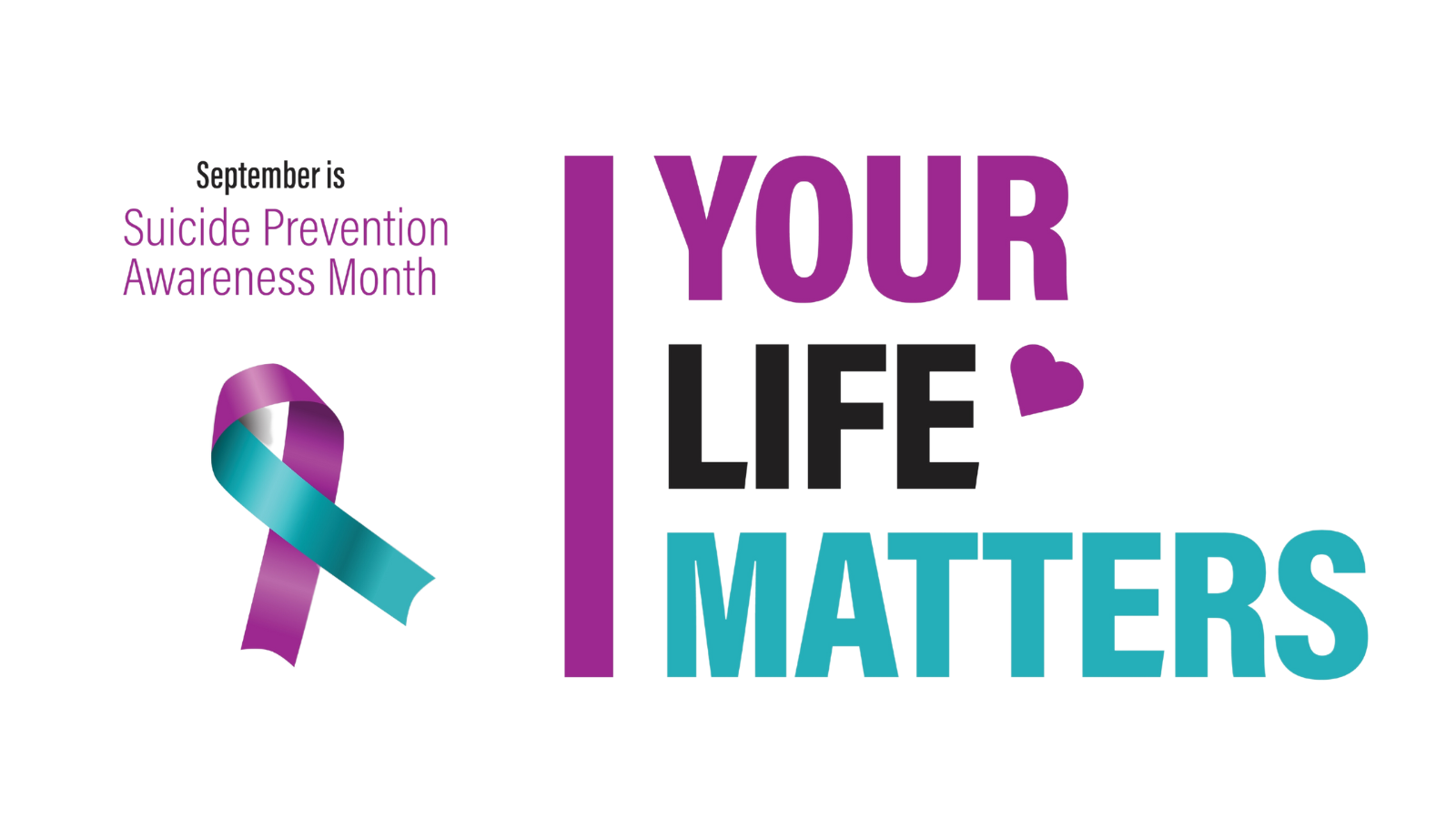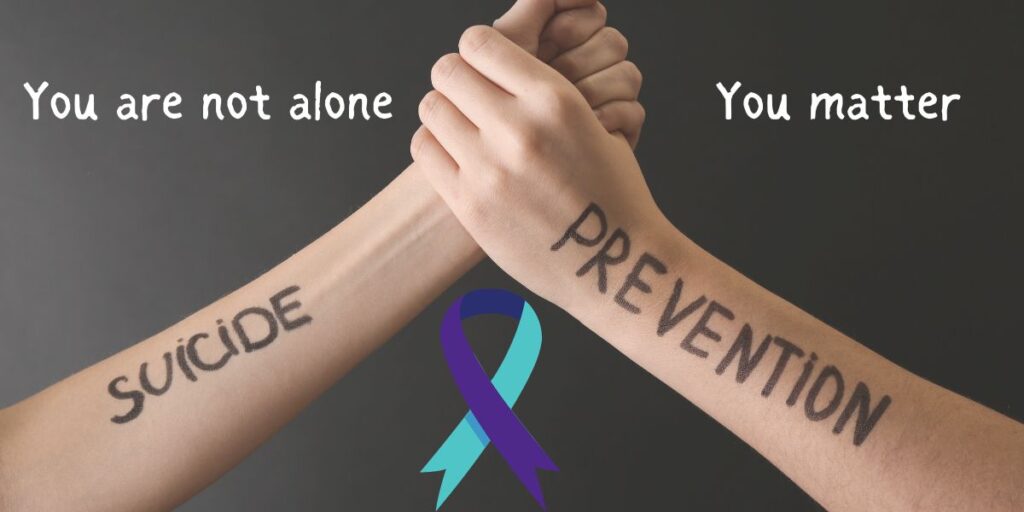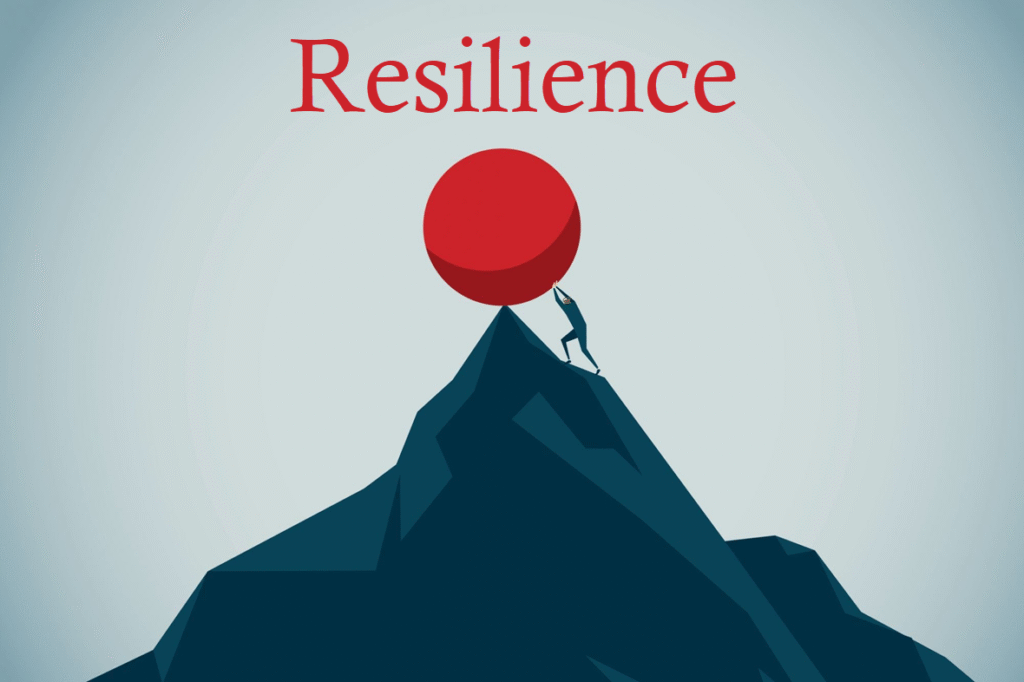Suicide Prevention Awareness Month

Hey Village!
September is Suicide Prevention Awareness Month. This month, we’re focusing on how we can show up for one another. You don’t need special training to make a difference—a simple check-in can save a life. Increased dialogue surrounding effective support for individuals with suicidal ideation enhances our comprehension of its capacity to yield positive outcomes. One of my core beliefs is that everyone deserves a compassionate ear. I often talk about creating a space where people can share their challenges and feel truly heard, not judged or criticized, so their experiences are validated.

The purpose of Suicide Prevention Awareness Month, observed each September, is to raise awareness, reduce the stigma around suicide, and connect people with resources and support. Organizations and communities use this time to unite and focus on preventing suicide, which is a significant public health issue.

Who is at risk for suicide?
People of all ages, sexes, and ethnicities can be at risk for suicide.
The main risk factors for suicide are:
- A history of suicide attempts
- Depression, other mental disorders, or substance use disorder
- Chronic pain
- Family history of a mental disorder or substance use
- Family history of suicide
- Exposure to family violence, including physical or sexual abuse
- Presence of guns or other firearms in the home
- Having recently been released from prison or jail
- Exposure, either directly or indirectly, to others’ suicidal behavior, such as that of family members, peers, or celebrities
It is very important for us to understand that this is an issue that impacts millions of people, it impacts adults and our youth. Here are some of the warning signs for adults vs. youth:

Adult Suicide Warning Signs:
- Talking about or making plans for suicide.
- Acting anxious, agitated, or behaving recklessly.
- Talking about being a burden to others.
- Talking about feeling trapped or in unbearable pain.
- Increasing the use of alcohol or drugs.
- Talking about feeling hopeless or having no reason to live.
- Sleeping too little or too much.
- Withdrawing or feeling isolated.
- Showing rage or talking about seeking revenge.
- Displaying extreme mood swings.
- Chronic illness or serious physical health conditions.

Youth Suicide Warning Signs:
- Expressing hopelessness about the future.
- Displaying severe or overwhelming emotional pain or distress.
- Increased physical symptoms—such as fatigue, headaches, and stomachaches—commonly associated with emotional distress.
- Changing or withdrawing from social connections or situations.
- Changes in sleep (increased or decreased).
- Anger or hostility that seems out of character or out of context.
- Recent increased agitation or irritability.

Building Connection and Community Resilience
Dialogue strengthens social connections and fosters compassion, which are protective factors against suicide. Communities that communicate effectively can create supportive networks spanning families, schools, helping at-risk individuals feel valued and understood.
Let me clarify village, people who may be experiencing suicidal thoughts might not exhibit every warning sign, as each individual is different. Risk factors can also vary from person to person. However, having as much information as possible is crucial for providing effective support and setting realistic expectations. While talking about suicide may feel uncomfortable, one honest conversation built on empathy can be the first step toward healing.

